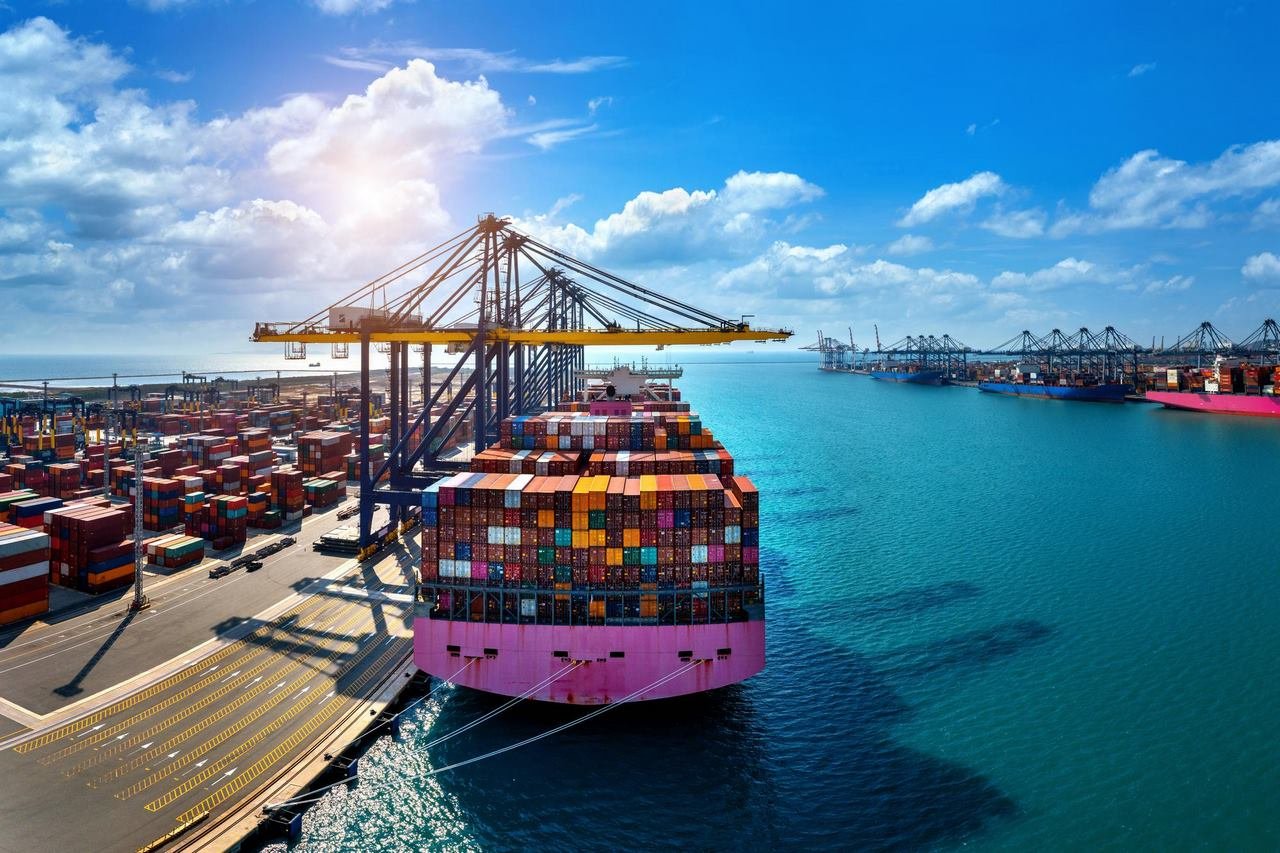In 2025, the global metals industry stands at a pivotal juncture. As environmental concerns intensify and supply chains face unprecedented challenges, companies like Steelbridge Export are leading the charge toward sustainable metal sourcing.
The Future of Sustainable Metal Sourcing & Its Impact on Global Trade
This shift not only addresses ecological imperatives but also redefines the dynamics of international trade in industrial metals.
The Imperative for Sustainable Metal Sourcing
The demand for metals such as copper, lithium, and nickel is surging, driven by the global transition to renewable energy and electric vehicles. However, traditional mining practices are increasingly scrutinized for their environmental impact. Sustainable metal sourcing emerges as a solution, emphasizing responsible extraction, recycling, and ethical labor practices.
The EPCF Model: Integrating Sustainability into Infrastructure
The EPCF model—encompassing Engineering, Procurement, Construction, and Financing—has become instrumental in developing sustainable infrastructure projects. By integrating these components, the EPCF model ensures that sustainability is embedded from project inception through completion. This approach is particularly relevant in the context of metal sourcing, where infrastructure projects demand large quantities of materials.
International Trade of Industrial Metals: Navigating New Norms
The international trade of industrial metals is undergoing significant transformation. Countries are implementing stricter regulations to ensure that imported metals meet environmental and ethical standards. For instance, the European Union’s Carbon Border Adjustment Mechanism (CBAM) imposes tariffs on carbon-intensive imports, incentivizing cleaner production methods. Such policies are reshaping trade flows and compelling exporters to adopt sustainable practices.
Recycling and the Circular Economy
Recycling plays a crucial role in sustainable metal sourcing. Electric arc furnaces (EAFs), which use recycled scrap metal, are gaining prominence due to their lower carbon emissions compared to traditional blast furnaces. This shift not only reduces environmental impact but also mitigates reliance on finite natural resources, aligning with the principles of a circular economy.
Technological Innovations Driving Sustainability
Advancements in technology are facilitating sustainable practices in metal sourcing. Blockchain technology enhances transparency in supply chains, ensuring traceability of materials from source to end-user. Artificial intelligence and machine learning optimize resource utilization and predictive maintenance, reducing waste and improving efficiency.
Geopolitical Implications and Supply Chain Resilience
The concentration of critical mineral processing in a few countries poses geopolitical risks. Diversifying supply chains and investing in domestic processing capabilities are strategies to enhance resilience. The EPCF model supports these efforts by enabling the development of localized infrastructure projects, reducing dependency on external sources.
related articles: The Role of Logistics in International Raw Material Trading
The Role of Policy and Regulation
Government policies are pivotal in promoting sustainable metal sourcing. Regulations mandating environmental compliance and ethical labor practices compel companies to adopt responsible sourcing methods. Incentives for recycling and investments in green technologies further encourage the shift toward sustainability.
Conclusion
The future of sustainable metal sourcing is intrinsically linked to the evolution of global trade. Companies embracing models like EPCF and adhering to stringent environmental standards are better positioned to navigate the complexities of the international trade of industrial metals. As the industry progresses, collaboration among stakeholders, technological innovation, and robust policy frameworks will be essential in fostering a sustainable and resilient metals sector.
For more insights and resources, visit Federal Steel Supply
FAQs: The Future of Sustainable Metal Sourcing & Its Impact on Global Trade
- 1. Why is sustainable metal sourcing critical in today’s global metals industry?Sustainable sourcing addresses environmental and ethical concerns linked to traditional mining. It supports the growing demand for metals essential to renewable energy and electric vehicles while minimizing ecological impact and promoting responsible labor practices.
- 2. How does the EPCF model integrate sustainability into metal sourcing projects?The EPCF model (Engineering, Procurement, Construction, and Financing) embeds sustainability across all project phases. It ensures coordinated planning and execution, enabling infrastructure projects to meet environmental standards from design to financing, particularly in metals-intensive developments.
- 3. What regulatory changes are influencing international trade of industrial metals?Policies such as the EU’s Carbon Border Adjustment Mechanism (CBAM) impose tariffs on carbon-intensive imports, incentivizing cleaner production. These evolving regulations require exporters to adopt transparent, sustainable practices to maintain market access.
- 4. How does recycling contribute to sustainable metal sourcing?Recycling reduces reliance on virgin materials and lowers carbon emissions. Technologies like Electric Arc Furnaces (EAFs) enable the reuse of scrap metal, aligning with circular economy principles and decreasing environmental footprint.
- 5. What technological innovations are driving sustainability in metal supply chains?Technologies including blockchain enhance supply chain transparency, while AI and machine learning optimize resource use and predictive maintenance. These innovations improve efficiency, reduce waste, and ensure ethical sourcing.
- 6. How do geopolitical factors impact sustainable metal sourcing and supply chain resilience?Concentration of mineral processing in select regions poses risks. Diversifying supply chains and investing in local infrastructure through the EPCF model help mitigate geopolitical vulnerabilities and enhance supply continuity.
- 7. What role do government policies play in promoting sustainable metal sourcing?Governments enforce environmental and labor standards and offer incentives for recycling and green technologies. Regulatory frameworks encourage companies to adopt responsible sourcing practices, fostering a sustainable metals sector.
















